BREAKING NEWS. Today, shortly after midnight on the U.S. East Coast, Cary, NC-based SAS Institute successfully completed its first space exploration mission.
This interplanetary expedition was conducted on a SAS-designed manned spacecraft powered by our state-of-the-art atomic Collider Acceleration System (CAS) engine. A crew of three SAS volunteers took part in that undertaking. These brave souls were:
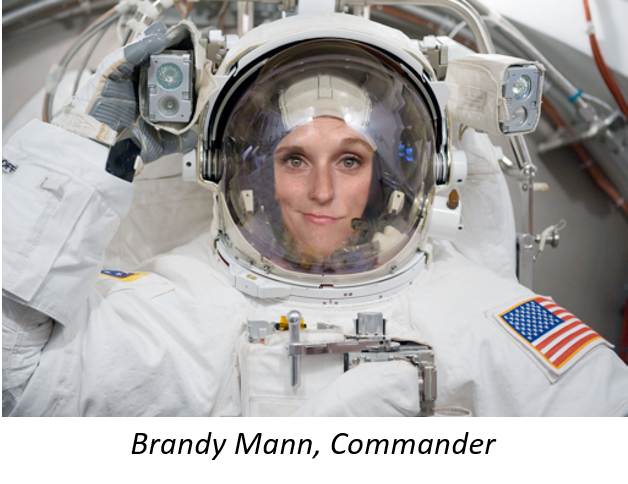
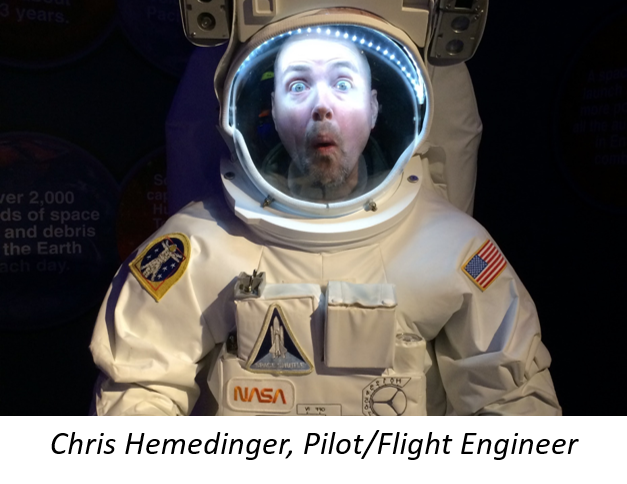
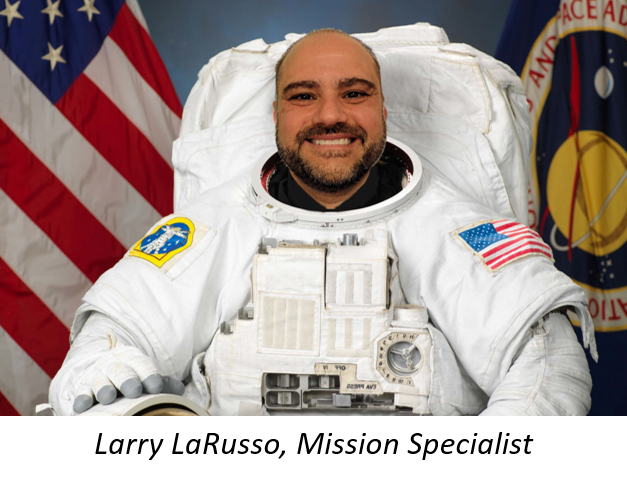
All three specialize in terrestrial communications (i.e. social media) and received special training on extra-terrestrial travel and communications. Their mission was to study the Venus space area up close to find out what causes the gravitational field anomaly that has recently been observed there.
How it all started
Those of us who attended last year’s SAS Global Forum in Orlando must remember the inspiring speech by Canadian astronaut Chris Hadfield. The main idea I took away from his speech was that success is not a good teacher, as it teaches us nothing; failure, on the other hand, is a very good teacher, at least for those of us who are willing to learn the lesson. But, as we all know, there is a time to fail/learn, and there is a time to succeed.
I can’t speak for all of you, but, man, were we inspired by that speech! We at SAS knew right then that we, too, wanted to explore the “final frontier.” As a data analytics software company, all our studies start with data explorations. Our public relations group worked tirelessly with the major stakeholder Government agencies and private companies (NASA, SpaceX, ROSCOSMOS, etc.) to get ahold of the data. When our analysts finally did get access to the data, they were overwhelmed by its size. That was really BIG data (literally of cosmic proportions) – data about every little pocket of spacetime in our Solar system, collected over multiple years of astronomical observations and Space exploration programs.
Predictive Modeling
Using our flagship SAS Viya Analytics software, we mined these vast data archives, employing various predictive modeling, computational, and heuristic techniques such as automatic machine deep space learning, 3D artificial intelligence simulation, and, most importantly, natural, coffee-stimulated human intelligence.
What caught our attention was the space area around Venus. Planet Venus is notorious for being an outlier. First of all, it spins slower than any other planet in the Solar system, even slower than it revolves around the Sun. In fact it spins about 243 times slower than Earth. That means that a day there lasts approximately 243 Earth-days, making it longer than a Venusian year, which is only about 225 Earth-days long.
Second of all, it spins backwards, in the opposite direction from most other planets, including Earth, so that on Venus the sun rises in the west.
Third, it has the highest mean surface temperature of all the Solar System planets – reaching up to 726 °K (452 °C or 870 °F), which is 1.6 times hotter than Mercury, the closest planet to the Sun. This is because of Venus’ thick atmosphere composed mostly of greenhouse gases (carbon dioxide and sulfur dioxide), which trap a good portion of the Sun’s heat.
However, the most unusual thing that we discovered was an aberration in Venus’ gravitational field, suggesting a significant mass (possibly large enough to be a planet) hidden behind it.
The following bubble plot uses a logarithmic scale for x-axis (distance from the Sun) and visualizes our finding:
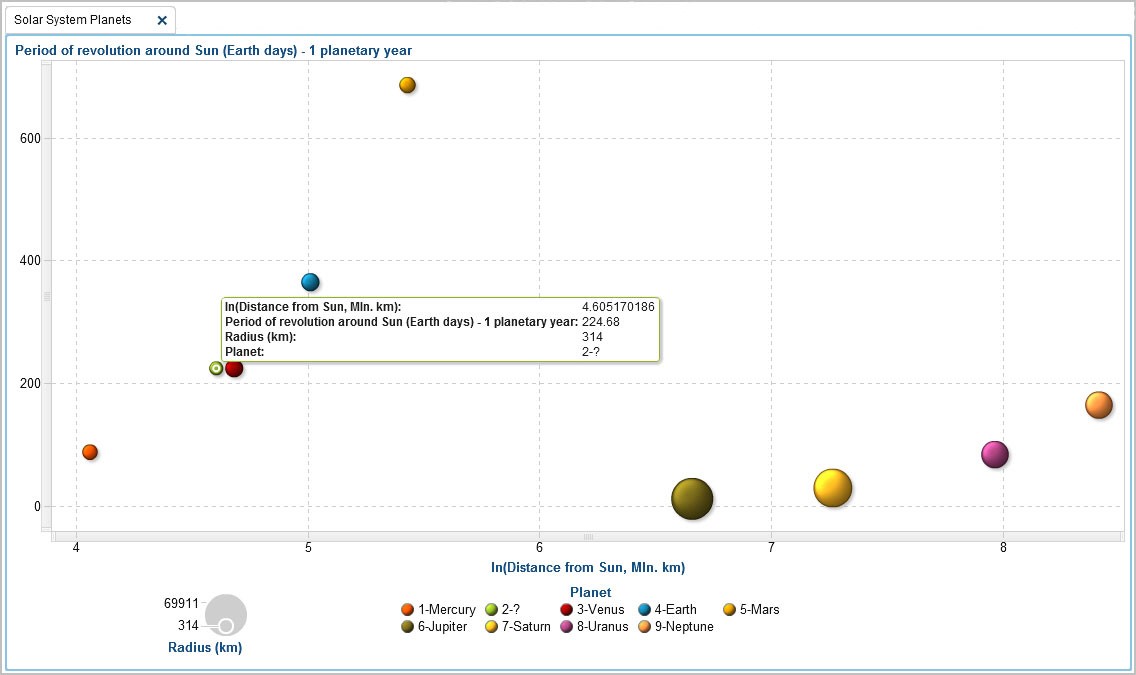
Now we can see it clearly. Not only does it show an unknown small planet behind Venus, it also explains why it is not visible from Earth: its period of revolution around the Sun is exactly the same as that of Venus, which is why it has always been obstructed by Venus, and not visible from Earth.
Due to its very close proximity to Venus, there is a good chance that even a slight tangential nudge experienced by planet “2-?” might break gravitational equilibrium, causing it to start orbiting Venus as a moon rather than the Sun. We will be observing this situation carefully.
Another interesting finding is that this unknown planet is a much more hospitable place than Venus, as it has an oxygen-dominated atmosphere and a relaxing surface temperature only slightly higher than that of Earth, as it is shown in the following chart:
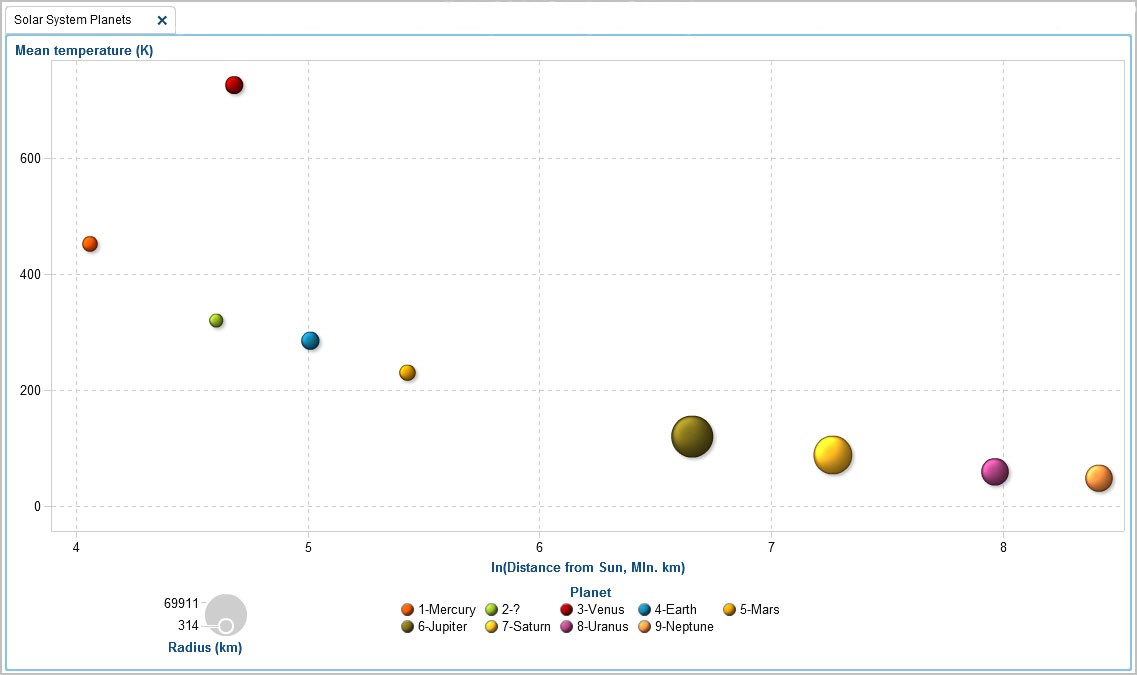
At this point we had had enough modeling and needed some hard proof.
Space exploration mission
We leveraged our best human intelligence resources around the world to progress rapidly through all the required phases of spacecraft design and construction, crew selection and training, and finally launching and completing the space mission.
All in all, it took just under a year (11 months to be precise) to bring this project to completion. The data collection and exploration phase took around one month, which is in line with the capacity of the SAS Viya analytical environment. The design and build phase took about five months, and it was conducted in parallel with crew selection and training; finally, the fly phase also took 5 months including launch, travel to the Venus space area with a flyby of Venus and the planet X, and a return to Earth. As you can see from the picture at the very top, the unknown planet X hidden behind Venus does indeed exist. However, further analysis and study will be necessary to determine the nature of the observed surface irregularities.
Your participation and input are requested
If you would like you to engage in the fascinating field of space exploration, you are welcome to use the following SAS-generated summary data table:
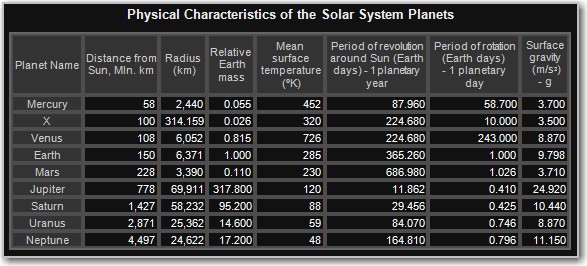
If you are a detail-oriented type, it will be obvious to you that the circumference of the new planet oddly equals 200π2 (km), which defies all the canons of geometry. You are welcome to prove or disprove the possibility of such an unusual occurrence.
So far, we have referred to this new planet as “2-?” and “planet X”, but it’s about time to give it a name, a real name as all other 8 planets of our Solar System have.
Our first impulse was to name it after our newest SAS analytical software incarnation, Viya. But do we really want to dilute the brand by applying it to two different though prominent objects?!
That is why we decided to reach out to you, our readers, to solicit ideas for the name of the new planet. Please provide a brief justification for your name suggestion. We also welcome any insights, hypotheses and data stories you might come up with based on the collected data. We greatly appreciate your input.
Disclosure
Please click here for full disclosure.


16 Comments
I suggest WannaBe. The planet that 'Wanted to Be'.
Fun blog, thanks Leonid 😊
Thank you, Deborah! Seems like a great suggestion. It also can be a nice safe place for working remotely 🙂
Oh, come on! Why don't you just name that planet 'SAS' ?
We thought about that, but rejected for the same reason as we did not name it Viya. We don't want people to say "SAS" and think about a planet, we want them to say "SAS" and think about our software 😉
I confess, you had me going for a couple of paragraphs there.
Go boldly, Susan
Not bad, Susan! Some people made it to the very end, and then refused to believe their eyes when clicked on the Disclosure link.
Brilliant! Who knew so much could be discovered with the aid of a cup of coffee?
Thank you! You just need a mix of the right hardware to brew it to perfection and software to visualize the bubbles!
You had me riveted to my computer screen reading about this exciting discovery! SAS users around the globe, and within our Solar System, Galaxy, and beyond, will be forever grateful to the success of your mission. I'm so very thankful I'm a SAS user!!!
Yea! SAS users of the world, unite!
Great discovery. The name of new planet should be Unity. The reason behind it is such that this discovery took a great deal of hard work on the SAS Institute side. It was also the mutual effort of many people and organizations across the globe who were involved in data mining, data analysis, involved SAS AI techniques and simulations. The Universe is big but the world is small, people should unite their efforts to make meaningful steps rather than being dispersed and aggressive.
Thank you, Tatiana, for your great suggestion! Let's call it Unity if only this can unite people of the world...
Leonid,
Simply brilliant; this blog post was outta sight!
Thank you, Michael! Your super clever comment was outta my sight for more than 3 years... Thank you, Intergalactic FedEx, for finally delivering it to me.
Have to notice You that is One living entity around 500 Year lights
announced from You'Thanee recipe
Me noticed that Many living entities descended on Earth during this Time each contributing their own recipe